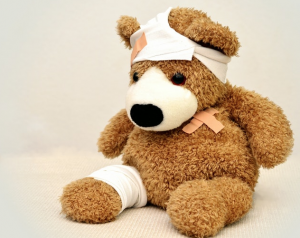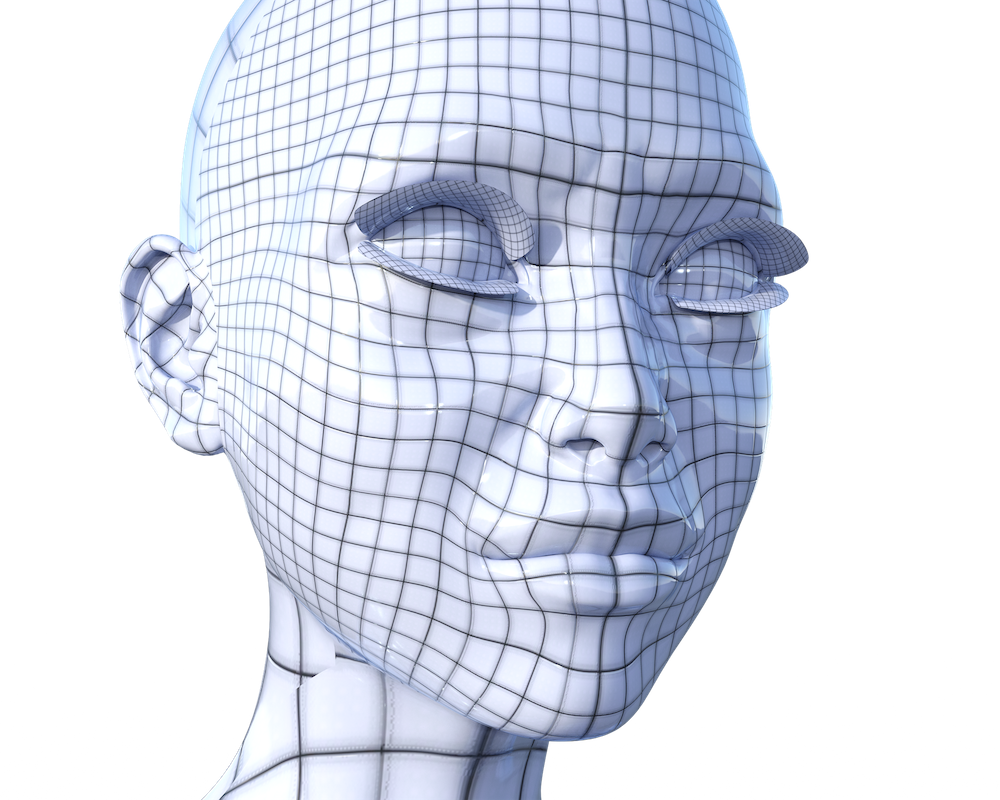 Every second within the U.S., an elderly adult experiences a fall, accounting for at least 27,000 deaths from falling among elderly people, according to the CDC. While falls prevention training helps reduce this statistic it is not a comprehensive solution, fortunately entrepreneurs and researchers alike are utlising technology to hopefully reduce the number significantly in the future. Here are three big breakthroughs in fall prevention technology
Every second within the U.S., an elderly adult experiences a fall, accounting for at least 27,000 deaths from falling among elderly people, according to the CDC. While falls prevention training helps reduce this statistic it is not a comprehensive solution, fortunately entrepreneurs and researchers alike are utlising technology to hopefully reduce the number significantly in the future. Here are three big breakthroughs in fall prevention technology
Sensor Shoes
A business based in Haifa, Israel, however, is working on a method to prevent those drops in the first location.
B-Shoe Technologies is working on a prototype to get a shoe which senses imbalance in each measure and uses a miniature treadmill-like method to recover equilibrium automatically.
The shoe combines a pressure sensor, a microprocessor, a movement Apparatus, and applications to detect when the consumer could be roll and slipping backward or forward to stop the fall.
B-Shoe Technologies States the prototype is at the very early phases, and that it intends to enter mass production in the following two years, after reducing the design.’
Wearable Devices
A brand new wearable device that forecasts that individuals are more in danger of falls can help prolong the amount of years older men and women are able to spend living independently in their homes. A third of all over-65s have a fall Annually, leading to a yearly health bill of roughly $850 million for equipment like a pressure relief cushion, walking frame and immediate therapy for fall-related health issues. Falls, which frequently lead to accidents like hip fractures, can kick off a more severe deterioration in health and frequently precede admission into a nursing home.
Assessing the risks of a drop helps an older individual and their family develop approaches to prevent injuries but currently, a restricted number of caregivers can be found to take on the risk evaluation.
To help expand the numbers of individuals being analyzed, Dr Stephen Redmond in UNSW’s Graduate School of Biomedical Engineering has developed a brand-new gadget which individuals can use in the home to quantify their risk of falling.
“The device is placed on the hip and it measures acceleration and movement as they perform some daily activities that we scripted for them, like walking three metres or standing up and sitting down five times,” said Dr Redmond.
Healthy Men and Women Can perform the tasks easily but people using a more jittery gait will enrol an irregular rate of acceleration.
By quantifying their motion and also the stability of this motion, a correlation between how secure they are and also the odds of falling is created.
The apparatus was tested on 68 individuals, with 99 percent of evaluations made by the gadget fitting the assessment produced by a human clinician.
Ensuring subjects use the unit correctly and report precise results is a must and therefore the design has had to be refined to ensure self-testers couldn’t beat the machine.
The gadget could also be utilized to Assess the speed of onset of Parkinson’s disease, which also causes a reduction of equilibrium.
V.R Technology
Researchers within America have developed an innovative system that utilizes virtual reality to help prevent falls from discovering and reversing equilibrium impairments in older individuals.
The sense of balance declines in older people, in addition to people that have neuro-degenerative diseases like multiple sclerosis. This also results in greater dependence on visual cues to keep balance and avoid falls.
Researchers in the University of North Carolina at Chapel Hill (UNC) and North Carolina State University (NC State) developed a method to re-establish the visual illusion of losing equilibrium, analyzed on volunteers walking on a treadmill. The participants walked on machines set up before a huge screen depicting a moving hallway.
As every individual walked, lateral oscillations were inserted into the movie imagery, so that the visual surroundings made participants feel like they were swaying back and forth
The investigators utilized 14 cameras to document the rankings of 30 Reflective markers on each volunteer’s thighs, pelvis and back.
In reaction to visual disruptions and perceived loss of equilibrium, the volunteers took shorter or longer measures, as the scientists anticipated. Their trunk and head swayed further sideways with every measure. The variability of those measures — their inclination to change from 1 step to another — increased much more significantly.
Throughout the experiment, the investigators assessed muscles’ capacity to respond to perceived loss of equilibrium and recognized that muscle groups worked to fix it. The researchers discovered that human muscles were exceptionally coordinated in maintaining walking equilibrium.
The scientists’ data provide significant reference dimensions that may be utilized in future clinical processes to discover equilibrium impairments before they begin to cause people to fall. This sort of system may be utilized as a therapeutic tool to help instruct balance-impaired people how to enhance their balance and prevent falls.
